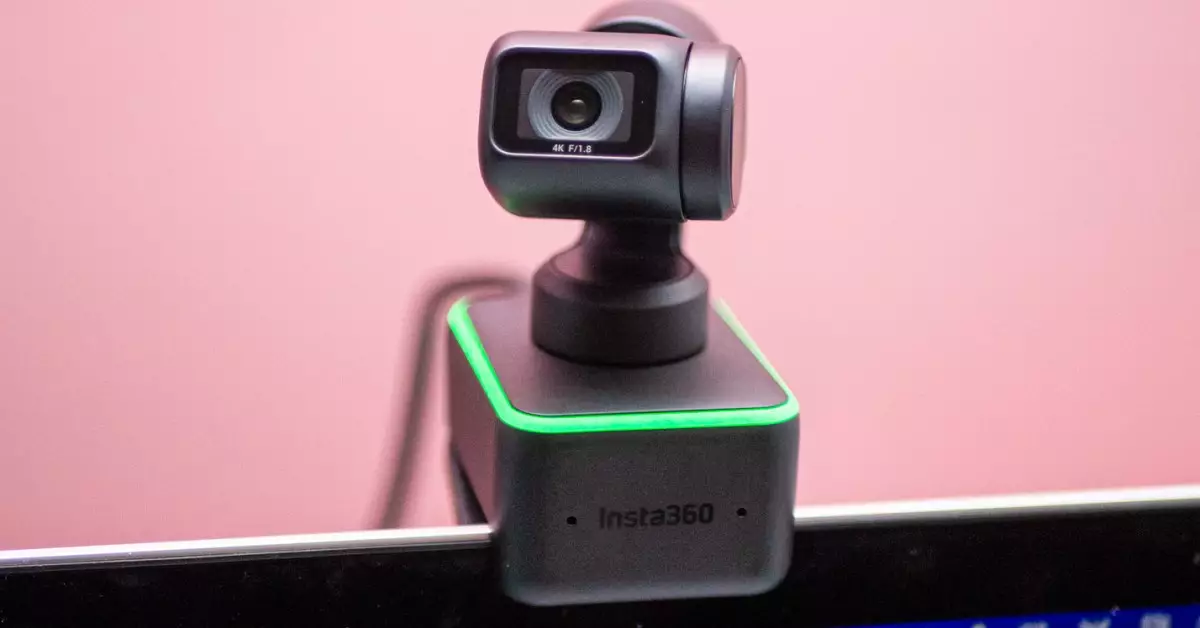When a company like Nintendo announces a new gaming console, particularly one as anticipated as the Nintendo Switch 2, the excitement among fans reaches a fever pitch. Enthusiasts expect improvements across the board—from enhanced graphics and processing power to new functionalities that elevate the gaming experience. However, that excitement can quickly evaporate when faced with the stark reality of product compatibility. Specifically, when it comes to webcams for the Nintendo Switch 2, gamers are finding out that expectations may not meet reality.
Nintendo’s claim that you can use “any compatible USB-C camera” strikes the wrong chord with many users who anticipated greater flexibility. The gaming giant seemingly opened the floodgates for easy integration of third-party hardware, yet found itself entrenched in a web of confusion and discontent. What many gamers hoped would be a versatile ecosystem of accessories appears rather limited, leaving many scratching their heads at which cameras will actually work with the popular console.
Unraveling the Compatibility Puzzle
The assertion that the Nintendo Switch 2 is compatible with an array of USB-C webcams is more complex than it seems. Users who dive into the webcam world discover that many popular models fall short of functioning with the Switch 2, despite their prominence on “best webcam” lists. Cameras like the Logitech Brio 4K and the Elgato Facecam MK.2 fail to deliver once connected to the Switch, throwing gamers into a confusing mix of trial and error.
What is intriguing—and somewhat alarming—is that even tried-and-true, older USB-A cameras (like the Logitech C920) instantly ignite the moment they are plugged into the console. This suggests a discrepancy between what is deemed “compatible” by the manufacturer and what actually delivers results on the gaming platform. Ironically, it seems as if compatibility is confined to a closed ecosystem—frustrating gamers who believed their old cameras would work seamlessly.
Communication Gaps and Performance Pitfalls
To be fair, Nintendo’s lack of transparency regarding camera compatibility leaves users in a lurch. As of the launch period, the absence of an official list of compatible webcams was glaring. Even inquiries to major manufacturers like Logitech and Razer yielded no clarity on which webcams performed well with the Switch 2. This communication gap paints a frustrating picture for users eager to make their gaming experience more dynamic with video chat features.
Part of the deception lies within the language used by Nintendo. When they announce compatibility, it appears inclusive and user-friendly, yet the practical implications suggest a far narrower selection of devices. It’s as if Nintendo dropped the ball by offering vague guidelines that don’t translate well into concrete solutions for users. As some gamers and media outlets take it upon themselves to compile lists of functioning webcams, it shines a light on the often-overlooked need for guidance straight from the source.
The Community’s Role in Solving the Problem
In the face of a murky product landscape, the gaming community looks like it will have to take charge, creating a collaborative effort to identify which cameras work reliably with the Switch 2. Forums, Reddit threads, and social media will likely see an influx of discussions and recommendations as users share their successes and failures. This grassroots effort could ultimately bridge the gap left by Nintendo’s silence, empowering gamers to make informed choices in real-time.
To guide this emerging community, Nintendo does deserve credit in that it made testing cameras a straightforward process. The option to rapidly check USB camera functionality via the System Settings is an encouraging feature. While this won’t resolve the current compatibility issues, it does illustrate that the company is aware of the problem and is attempting to facilitate a solution—albeit a fragmented one at best.
Furthermore, there’s the glimmer of hope from manufacturers like Elgato, who have expressed willingness to explore firmware updates for non-functional webcams. This proactive approach could ensure that certain models will eventually be compatible, showing that even in the face of initial setbacks, there’s potential for improvement.
As the gaming world evolves, it’s imperative for manufacturers to communicate transparently and ensure that their products meet user expectations. In an era where connectivity and compatibility reign supreme, a little more diligence could save gamers from frustration and enhance their overall experience.

